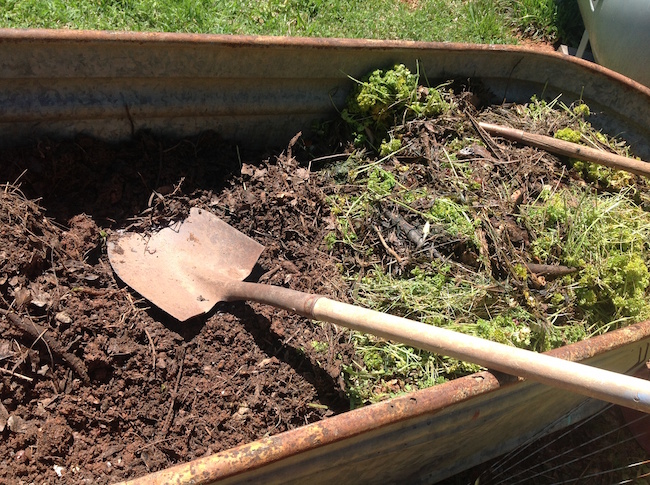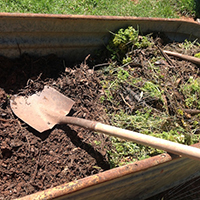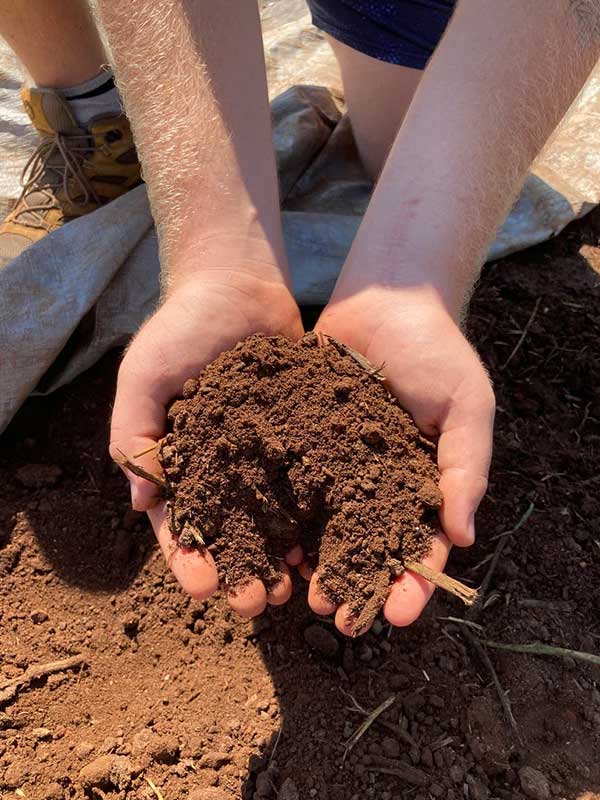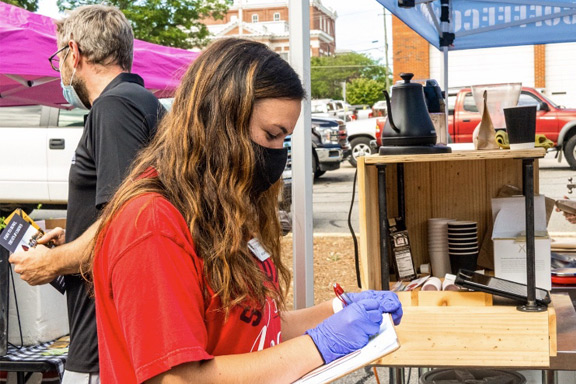With higher temperatures across Georgia, May is the ideal time to consider building a compost bin.
The second week of May, May 7–13, is International Compost Awareness Week. University of Georgia Cooperative Extension offices across the state can supply advice for homeowners who want to start to make the most of their food and yard waste and improve their soil.
The basics of composting are simple enough, but many composters run into trouble because their piles are too cool, too dry or too wet. It can be tricky to strike the balance.
To maintain a healthy compost pile, you need to maintain the proper moisture level. Composting organisms — bacteria, worms, insects — are like any other living thing — they need water to survive and thrive. Inadequate water will inhibit the activities of composting organisms, resulting in a slower composting process. If the compost pile is too moist, however, water will displace air and create anaerobic conditions in the pile.
The moisture level of a compost pile should be roughly 40 to 60 percent. To the touch, the compost pile should feel like a wrung sponge.
The moisture level in a compost bin is easy to detect and, for the most part, easy to fix. If the bin is too wet, pools of water will accumulate at the bottom of the bin. Additionally, worms trying to escape from the bin or an unsavory smell are also indicators that the bin is too wet.
To fix a high moisture level, add more items that can absorb the water, such as newspaper or cardboard. Stop adding food items that have a high water content.
A bin that is too dry is equally unpleasant for the worms. How do you know if your bin is too dry? Dried worms are a sure indicator. To raise the moisture level, spray the bin with water or add food items with a high water content.
The temperature level of a compost bin is always important to monitor, especially in worm bins.
A high temperature is desirable in a backyard compost pile, as it will accelerate the decomposition of materials. The heat can also aid in breaking down pathogens and weeds. The ideal temperature in a composting pile is between 135 and 160 degrees Fahrenheit.
To increase the temperature of a compost pile, turn the pile weekly. Turning the pile will allow oxygen to flow, maintaining the aerobic condition of the pile and regenerating heat. Temperature in a worm bin is quite different than it is in a compost pile. Unlike compost, worms prefer temperatures between 55 and 77 F. If you keep your worm bin outside, consider relocating it to a more temperature-regulated place, such as a garage, or during the warmer months, underneath a sink in the house.
For more information on maintaining a compost pile, refer to the UGA Extension publication “Composting and Mulching (C 816)” at extension.uga.edu/publications/.
(Lisa Sehannie is a Master Composter Extension Volunteer with University of Georgia Cooperative Extension in Clarke County, Georgia.)






.jpg)

